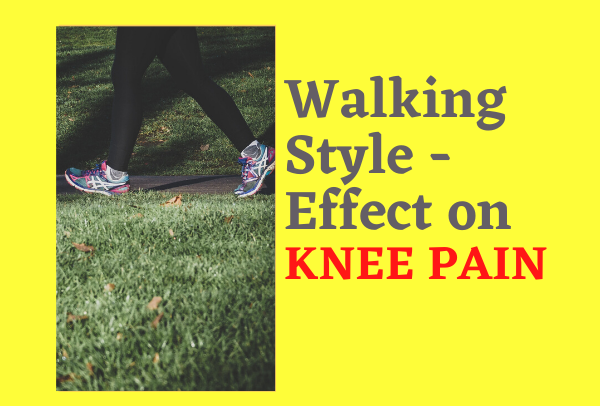Walking is a very simple activity, but are we walking comfortably? The fact is that many of us have already forgotten how to walk properly, due to our desk jobs and long time sittings. We are here to explain you how to walk comfortably and how improper walk affects our body.
How to Walk Comfortably:
Walking comfortably is following the correct posture:
- Keep your head up
- Avoid stress on back muscles by lengthening back, do not lean forward.
- Align your shoulders properly, keep them down and back.
- Engage your core muscles to maintain balance & stability.
- Swing arms back and forth – Walking with good arm swing is very important to have balanced weight transmission over the spine, hips, knees, and feet.
- Maintain steady heel to toe gait.
What is Gait?
“Gait” means the way a person walks. Gait abnormality occurs when the body systems that control the way a person walks do not function in the proper manner. Walking with an abnormal gait can cause you some issues over time.
This may happen due to any of the following reasons:
- illness
- genetic factors
- injury
- abnormalities in the legs or feet
Gait abnormalities may clear up on their own in few cases, but in many other cases, an abnormal gait may be permanent. In both cases, physical therapy can help improve a person’s gait and reduce any uncomfortable symptoms.
Sometimes, a person may have difficulty in walking due to an acute problem like a bruise, cut, or fracture, which cannot be considered as abnormal gait.
But several diseases can attack the nervous system and legs’, resulting in abnormal gait, so proper diagnosis is only the weapon to know the reasons behind the abnormal gait.
Causes:
Some of the most common causes of abnormal gait are:
- injuries to the legs or feet
- arthritis
- peripheral neuropathy
- infections in the soft tissue of the legs
- broken bones in feet and legs
- tendonitis
- conversion disorder or other psychological disorders
- shin splint
TREATMENT AND MANAGEMENT
If we can identify the condition which is the cause of an abnormal gait, a person’s walk will correct itself when the condition is treated. For example, consider broken bones, which can be treated with a cast.
Other major injuries may require surgery or physical therapy to return the gait to normal.
For long-term cases of abnormal gait, a person will likely use assistive devices for treatment. These can include:
- leg braces
- crutches
- canes
- walker
A person with abnormal gait has a high chance of developing additional aches & pains associated with the walking pattern. As we discussed the causes of an abnormal gait are different, in a few cases, it can be corrected in the short-term, while others may require more time.
Anyone with mild osteoarthritis knees with pain starts to limp and this limping with cause abnormal stress on ligaments and meniscus of both knee joints. Anyone limping more than 3-4 months has a risk of accelerated osteoarthritis of both knees. The concept of GNB / Ozone injections plays a major role in reducing the knee pains rapidly thereby restoring the gait from limping to Normal. Normal gait and tailor-made exercise protocol will help in the normalization of most of the knee joints in 3-4 months’ time. Later depending on requirements Regeneration therapy with PRP/CRS will aid in the strengthening of ligaments and menisci within 6 months. This is the latest protocol followed in our knee pain prevention clinic at ASK hospitals.

